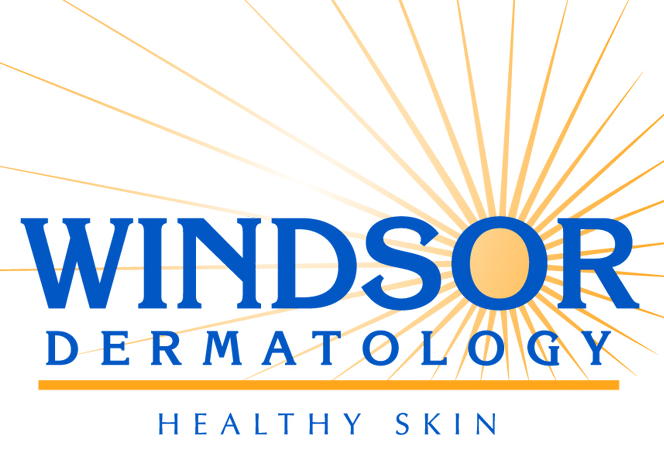 |
| Written by Dr. Wendy Myers |
Patients often confuse SKs with "moles", but they
are not. SKs are made of keratinocytes and not melanocytes which comprise true
moles or nevi. They can develop on any part of the body except the palms and
soles and can appear in many different ways: skin toned, pigmented, flat, or
even quite raised, often resembling warts.
The good news I always try to reinforce with my patients is
that they are benign and require no treatment. They can be removed for cosmetic
reasons or if they become irritated, inflamed, or itchy. There are various ways
that this can be done in the office including cryotherapy (freezing lesion with
very cold spray that results in the lesions peeling off), curettage (scraping
lesion off after local anesthesia), or electrocautery (electric needle to burn
lesion off, often with curettage). Therapies are often determined by the
size and location of the lesion. Treatment areas often heal well, but may hyper
or hypo- pigmentation as a result.




